Bicycle reflectors: what are they for and how to choose?
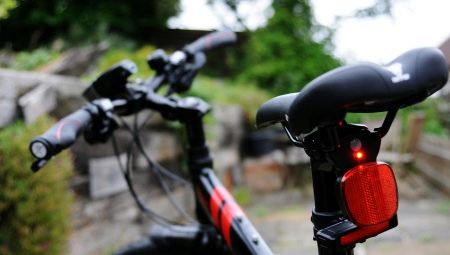
One of the basic rules of road safety is to be visible to other road users. This is especially true in the dark. Street lights tend to be poor at their job, so ensuring your visibility is an important task for every cyclist... Bicycle reflectors make it easy to solve this problem, and the abundance of types of bicycle reflectors can also make your transport individual.

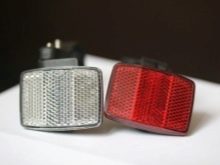

Purpose of reflectors
First of all, reflectors are needed to determine your presence on the road in poor visibility conditions. It can be night, twilight, bad weather conditions, etc. The use of shiny and luminous reflectors will make you stand out from the background. They allow drivers of other vehicles to determine whether you are standing or driving, your direction of travel and your approximate speed, as well as your dimensions. All this is necessary for the predictability of the situation on the road and the adequate reaction of other road users to your actions.
Also, the use of unusual shapes of reflectors and their attachment points will make your bike individual. This will help you stand out from the everyday crowd, improve the mood for yourself and those around you. And it can also protect your bike from theft, since it will be easier to find a conspicuous copy later, and possible thieves understand this. Of course, the reflectors are easy to remove, but the hijacker is more likely to choose a less attractive model.



Selecting the type of reflector
Reflectors are divided into 2 classes - passive and active. Passive ones only reflect directional light from other sources. These can be car headlights, shop windows, street lights, and more. Such reflectors are lightweight, do not require a power source, but are practically useless in rain or fog conditions, when it is difficult to get a direct beam of light on them. These reflectors are made of colored glass or plastic. The latter are lighter in weight, less fragile and cheaper, but their reflectivity is somewhat lower.
You can choose passive reflectors if night trips are rare, there are few cars, and the weather is good.
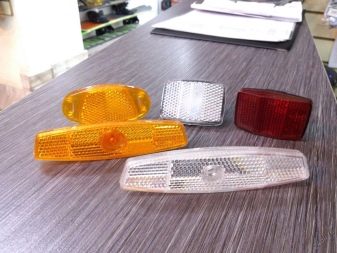

Active ones emit light themselves, they are great for adverse weather conditions and with frequent driving on public roads... These reflectors require an energy source. Modern LED reflectors consume current very economically. They are completely protected from water and dust. In addition, the light of such reflectors can be flashing, which will attract the attention of drivers not only at night, but also during the day.
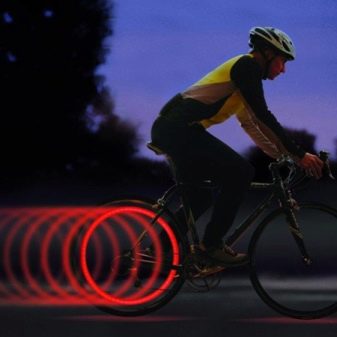
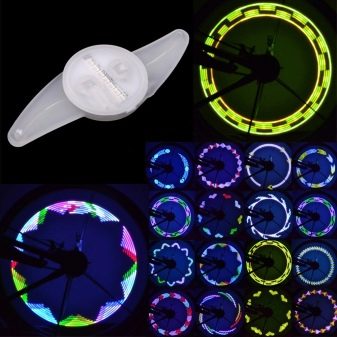
Flashing lights are useful when driving on congested streets or highways, when drivers pay little attention to bicycles. Typically, flashlights have built-in batteries or rechargeable batteries, and some are connected to a bicycle dynamo. This method of power supply is rarely used, since the glow occurs only when the wheel rotates and additional effort is required to rotate the generator. In addition, the dynamo increases the mass of the bike and decreases the speed.
Active reflectors should be chosen when driving frequently at dusk on public roads and in changing weather conditions, as well as in heavy traffic at any time of the day.
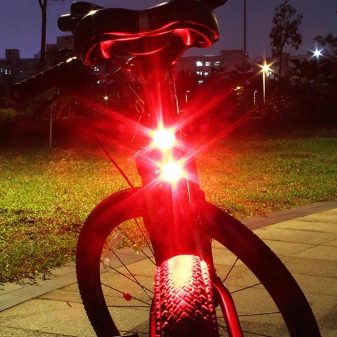

Traffic rules for the installation of reflectors
Traffic rules state that the use of reflective elements is mandatory. Wherein the front reflector should be white, the back red, and the side orange. This is necessary for clear positioning of the vehicle and prevention of accidents.
There is a fine for the absence or incorrect installation of reflectors.

Installation options for bicycle reflectors
Depending on the design and the owner's imagination, The lights can be installed on almost any part of your 2-wheel friend.
- White front reflectors can be installed on the steering wheel or in the head tube with a special mount. The latter option is more preferable, it allows you to reduce the number of elements on the steering wheel. You can also install a headlamp, which will not only inform about your approach, but also illuminate the road.
Only it should be bright enough, otherwise there will be little benefit from it. For this reason, small pocket lights are poorly suited for bicycles.
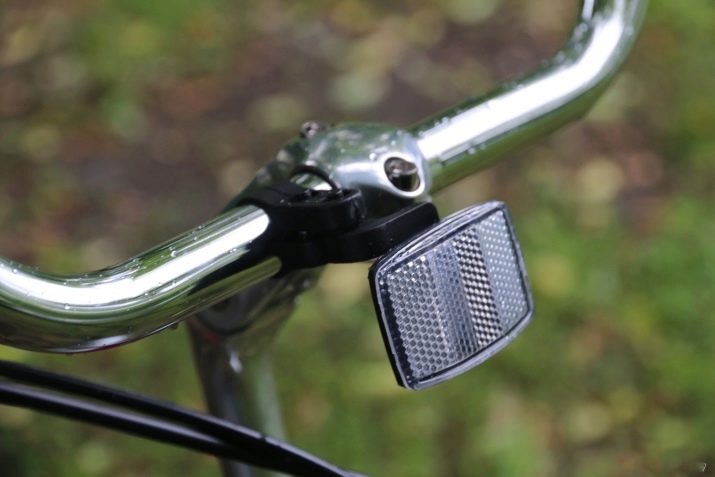
- Red rear Reflectors can be attached to the rack or seatpost. It is possible to mount it on the wing, but then it must be periodically wiped from dust. The reflector is more likely to be damaged on the wing, so sometimes it is covered with a special bracket.

- Orange side reflectors usually mounted on wheels. Modern reflectors have already gotten rid of the large mass that leads to imbalance in the wheel. They are mounted on one or two spokes opposite the chamber nipple, compensating for its low weight. Some models are equipped with LEDs, which further increases the safety of night walks. Plus, they create beautiful effects when rotated. There are very miniature designs that are screwed onto the chamber spool. Most pedals are also equipped with orange reflectors.

With any installation method, it should be borne in mind that reflectors must be visible. They must not be covered by bicycle parts or transported goods. Also, they should be regularly wiped off dust.This is especially true for reflectors mounted on wheels or rear fenders.
Reflective elements
Some riders think reflectors ruin the bike's appearance. Others want to lighten their vehicle as much as possible and sometimes remove these unnecessary elements. In such cases, it is recommended to choose special reflective stripes that serve as a good alternative to the usual reflectors. Passive straps can be sewn to clothing or equipment, and can be glued to a helmet or bike frame. In addition, they are often sewn into bicycle uniforms and cycling backpacks. They have proven themselves to be excellent, and not only cyclists can use them.
Reflective stripes are also active. LEDs are built into them, which can be multi-colored. With their help, you can create a real illumination. In addition to aesthetic enjoyment, these stripes greatly enhance the safety of night travel. However, you must be careful when using beautifully iridescent lighting, as it distracts the attention of other road users. Some bicycle manufacturers use reflective paint to print the brand name and logo. In addition to additional advertising, this technique identifies the bike and eliminates the need for reflectors. However, it is better to put reflectors on the wheels.

The basic rule of thumb when driving on public roads is be predictable. Reflectors are great for identifying you on the road and avoiding misunderstandings. They should always be installed if there is even a low probability of driving in the dark. This will help you avoid many unpleasant situations.
For information on how to install reflectors on a bicycle, see the next video.








